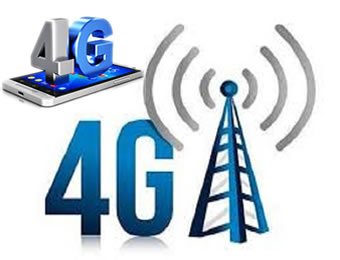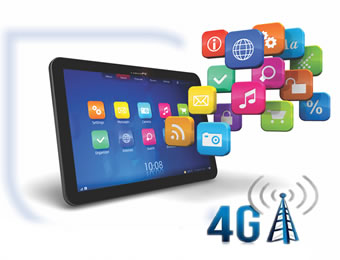Currently, most operators in Africa and indeed in Nigeria are on 3G technology with the operators struggling to overdo one another in the uptake of 4G late last year.
It is believed that 4G is around five times faster than existing 3G services. Theoretically, it can provide download speeds of up to 100Mbps but one won’t achieve this in real-world use.
However, 4G networks use different frequencies to transmit data than 3G; so, one needs a handset which has a modem that supports these new frequencies. In effect, feature phones cannot work on a 4G network.
According to Dataxis, in 2016, most 4G subscribers in Africa came from a few leading countries in northern and southern Africa. Significant disparities in 4G development and adoption still exist depending on the country, for instance, Morocco, with its 3.4 million 4G subscribers, accounts for 14 per cent of total 4G subscribers in Africa.
4G penetration remains low in the rest of Africa and the company forecasts that 4G subscribers in sub-Saharan Africa (excluding South Africa) will reach 58 per cent of total 4G subscribers (296 million) in Africa in 2022 compared to only 3 per cent in 2016 (24 million).
The adoption of 4G goes along with another relevant change which is the increase in smart device penetration. The research outlines a surge from 24 per cent of the population in 2016 up to 60 per cent of the population in 2022.
Forecasts also show that 4G network will be accessible in all 54 countries in Africa by 2020.
The number of 3G enabled SIMs will reportedly continue to rise simultaneously, particularly in countries with low broadband connectivity, but the growth rate will slowly decrease with the arrival of 4G network. Mobile broadband subscribers are therefore expected to grow into the main part of mobile subscribers with 54 per cent of total mobile SIMs.
Dataxis’ analysis sheds light on the importance 4G technology accessed through smartphones will acquire in the next five years. Broadband connectivity in Africa will be achieved almost exclusively through mobile, with only a few households equipped with PCs and wireline broadband. This growth in broadband connectivity will enable new players such as OTT and SVOD platforms to thrive and reach their end-user in an environment where data access is no longer a hurdle.







